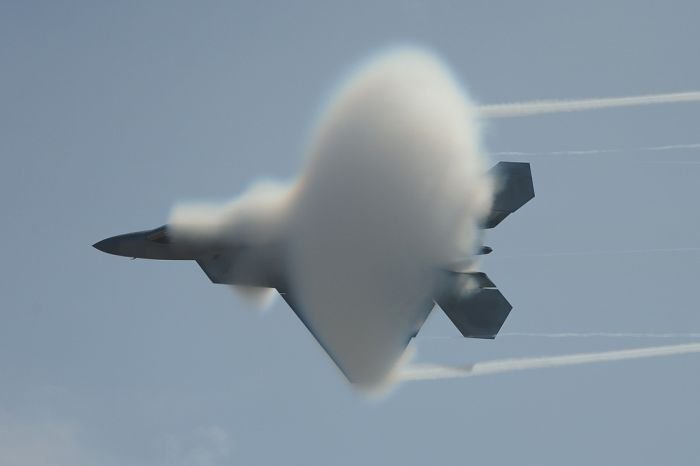|
|
Breaking The Sound Barrier
|
Propeller aircraft were, nevertheless, able to approach the speed sound in a dive. This led to numerous crashes for a variety reasons. These included the rapidly increasing forces on the various control surfaces, which led to the aircraft becoming difficult to control to the point where many suffered from powered flight into terrain when the pilot was unable to overcome the force on the control stick. The Mitsubishi Zero was infamous for this problem, and several attempts to fix it only made the problem worse. In the case the Supermarine Spitfire, the wings suffered from low torsional stiffness, and when ailerons were moved the wing tended to flex such that they counteracted the control input, leading to a condition known as control reversal. This was solved in later models with changes to the wing. The P-38 Lightning suffered from a particularly dangerous interaction the airflow between the wings and tail surfaces in the dive that made it difficult to "pull out", a problem that was later solved with the addition a "dive flap" that upset the airflow under these circumstances. Flutter due to the formation shock waves on curved surfaces was another major problem, which led most famously to the breakup de Havilland Swallow and death its pilot, Gefrey de Havilland, Jr.
All these effects, although unrelated in most ways, led to the concept a "barrier" that makes it difficult for an aircraft to break the speed sound.
|
|









